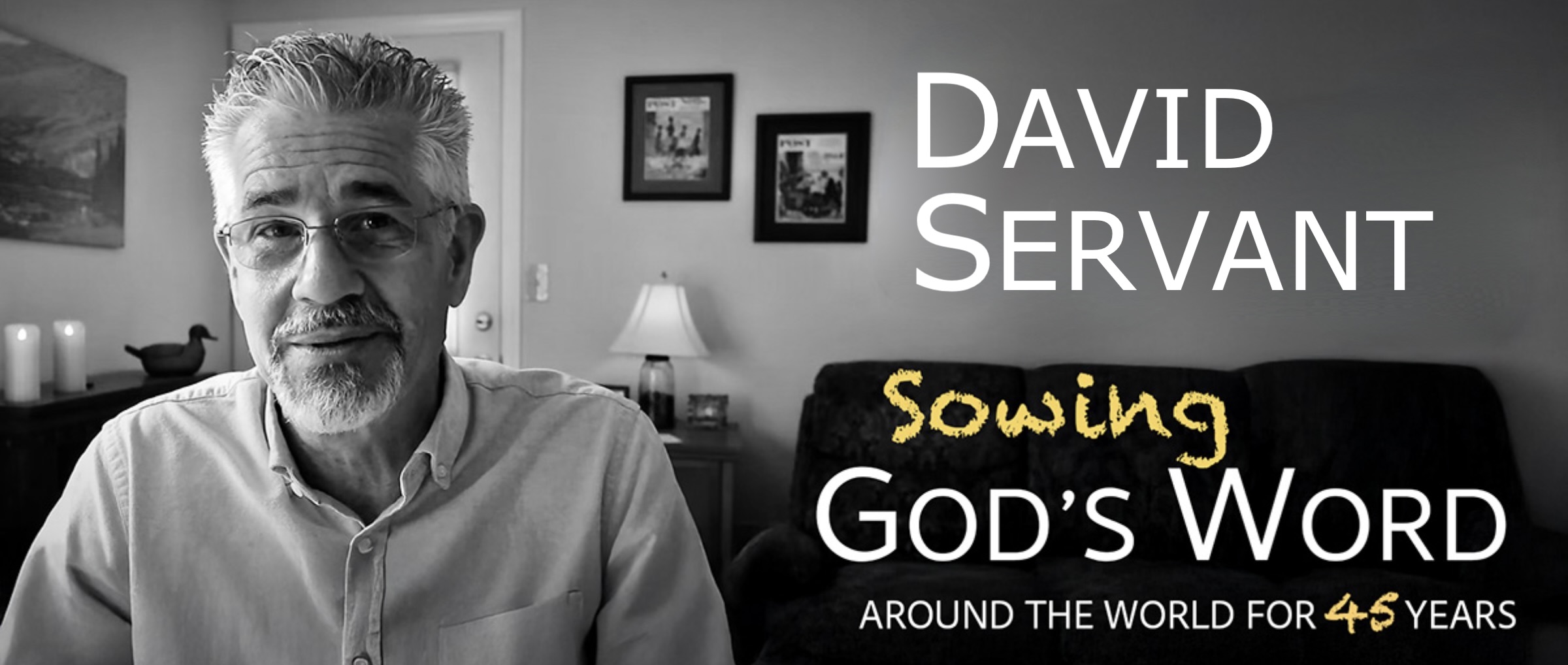
This short letter, obviously penned by the elderly apostle John, was cryptically addressed to “the chosen lady and her children” (1:1), which was either a Christian woman and her spiritual children or more likely a church and its members. “Your chosen sister” (1:13), mentioned at the end of this letter, would then be the church in Ephesus where John was serving, and her “children” would be the individual members. It is thought that John may have written ambiguously for the safety of his letter’s recipients if they were in danger of persecution.
The letter obviously carries the same themes as John’s first epistle, as he mentions the importance of loving the brethren, obeying God’s commandments, and he warns against false teachers who denied that Jesus came in the flesh. In apostolic times, Christian teachers who journeyed from church to church were always extended the Christian hospitality of food and lodging, as the inns of that day were notorious for being little more than brothels. Disguising themselves as Christian missionaries, however, false teachers were on their way to promote their heresies among John’s readers, and he therefore warned against showing them hospitality or even giving them a greeting (1:10-11).
John’s instructions challenge the common thought that, as Christians, we’re always supposed to be kind and welcoming to everyone. Although that is generally true, it is not so in the case of false teachers. They are to be shunned. If John’s instructions were fully obeyed, many churches would be empty this Sunday!


